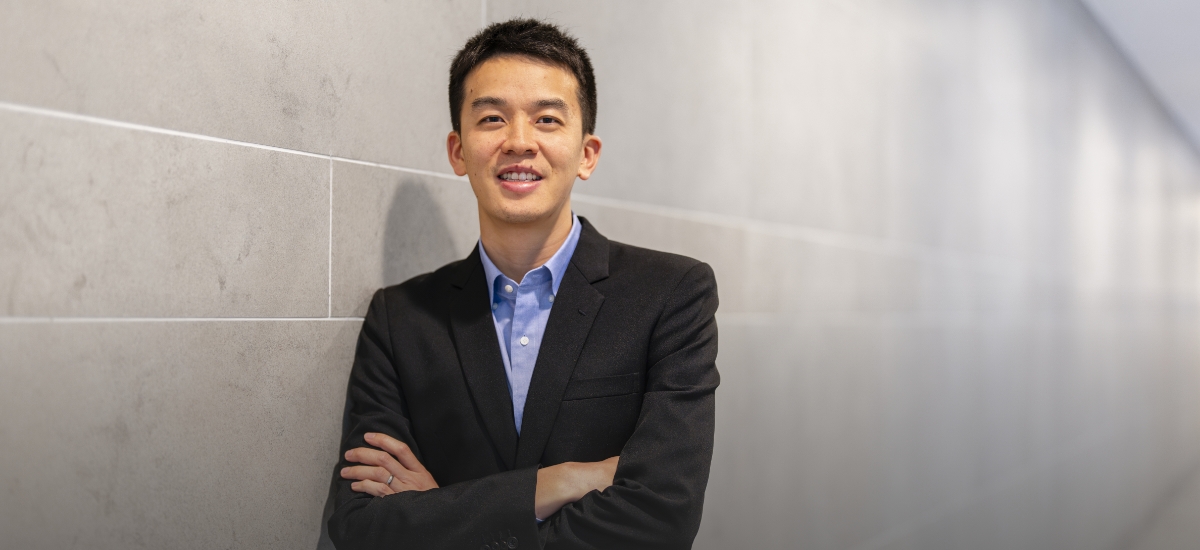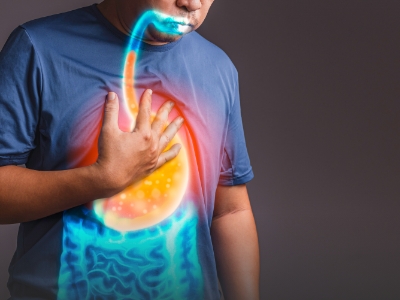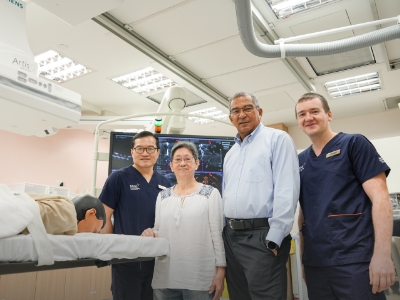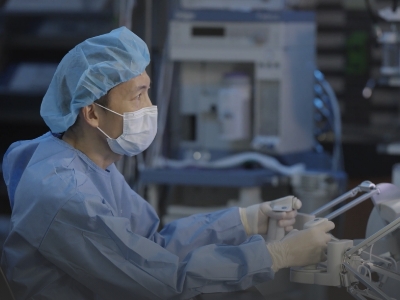Published on 24 June 2024
Learn how Dr Daniel Huang is working to detect and prevent hepatocellular carcinoma, one of the most lethal cancers.
Despite being the third-leading cause of cancer death globally, the term ‘hepatocellular carcinoma’ (HCC) might not be familiar to everyone. It is a type of primary liver cancer — which forms in the liver as opposed to cancer that spreads to the liver — that occurs mostly in people with chronic liver diseases such as cirrhosis, metabolic dysfunction-associated steatotic liver disease (fatty liver), and hepatitis B.
According to Dr Daniel Huang, Consultant, Division of Gastroenterology & Hepatology at National University Hospital (NUH), hepatitis B is currently the most common cause of HCC in Singapore. However, his team at NUH has discovered that fatty liver disease is the fastest-rising cause of HCC, and Southeast Asia has the greatest prevalence of fatty liver disease-related HCC in the world. “The incidence of fatty liver-related liver cancer in Singapore is projected to increase by 100 per cent between 2020 and 2030.”
A personalised approach to HCC
As a physician who manages people with liver diseases, liver transplant recipients, and HCC, Dr Huang’s research primarily focuses on personalised care for the prevention and early detection of liver cancer. To him, personalised care involves adopting an unique approach catered to the individual’s medical conditions and preferences.
The challenge in detecting and diagnosing HCC is the asymptomatic nature of the cancer in its earlier stages. As HCC tends to affect older adults and is largely diagnosed at a late stage, the outcomes are generally poor with an overall five-year survival of less than 20 percent. According to Dr Huang, “screening in high-risk individuals is essential for early detection to give them a chance for cure.”
However, Dr Huang also noted that the current monitoring approach for fatty liver-related HCC needs an overhaul because it prioritises screening for patients with cirrhosis. But in reality, nearly 40 per cent of HCC cases related to fatty liver “occurs in the absence of cirrhosis”, he said. This implies that current screening approaches will miss 40 per cent of patients with fatty liver disease-related HCC.
Dr Huang and his team are exploring the use of blood-based biomarkers to detect if someone is at risk for liver cancer. “We aim to restratify people with fatty liver into those who have a high risk of liver cancer and those who do not. We want to pre-emptively develop better ways to identify these people early so that they can receive some form of curative treatment,” he shared. “Personalised care is crucial in making decisions for cancer screening.”
In optimising the current surveillance approach for HCC, Dr Huang and team determined major flaws in the cancer screening process for people with fatty liver disease, due to poor visibility of ultrasound scans. In this group, they found that simplified MRIs proved to be a more efficient screening approach. In addition, his team conducted a study to show that utilising a simplified MRI in people with poor visibility of ultrasound scans is potentially cost-effective.
Future directions
To move forward, “there are many gaps in the care cascade that need to be evaluated and addressed”, Dr Huang shared. His team uncovered significant risks of HCC among individuals not meeting the hepatitis B treatment criteria. By broadening antiviral treatment eligibility in people with hepatitis B, Dr Huang’s team demonstrated a further reduction in HCC risk by 70 percent, prompting an expansion of the antiviral treatment guidelines published by the World Health Organization (WHO) in 2024.
One way Dr Huang is studying the liver is using a “digital twin” — a virtual replica that not only mimics the shape of the organ but could potentially be personalised with a patient’s biomarkers to predict their healthcare outcomes. Together with his colleague and NUHS Assistant Group Chief Technology Officer Dr Gao Yujia, they are utilising the same 3D MRI scan protocol (a set of sequences in analysing the data) for their respective studies on the liver. While Dr Huang is studying the functional molecular aspects of the liver, Dr Gao’s surgical approach is focused on studying an “anatomical stress model” of the liver. The hope is that both studies will come together and provide a complete picture.
Want to find out more about Dr Huang’s work and other clinical research projects at NUHS? Join local and international healthcare professionals at the upcoming NUHS Scientific & Innovation Summit happening on 3 August 2024.
In consultation with Dr Daniel Huang, Consultant, Division of Gastroenterology & Hepatology, NUH.




